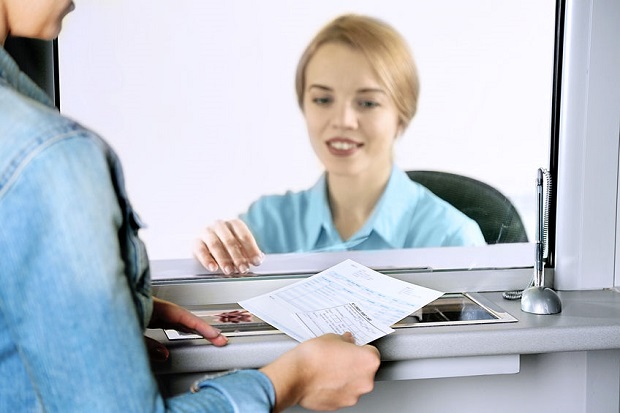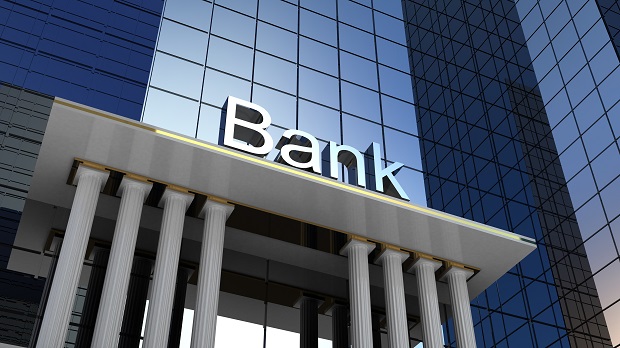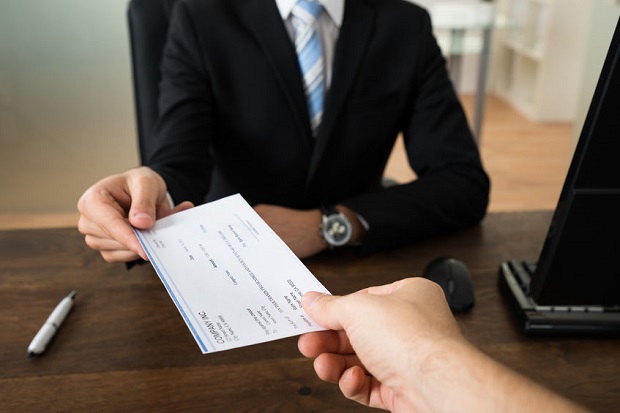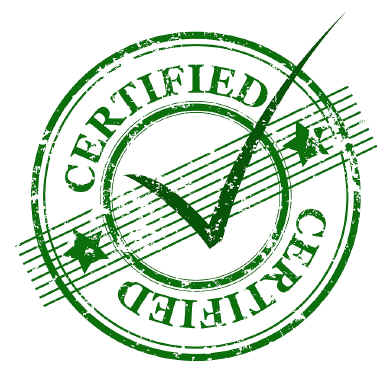
Cashier’s Check vs. Money Order.
The major difference between a cashier’s check and a money order is that the cashier’s check will be filled in by a bank employee, whereas, with a money order, all but the amount is filled in by the purchaser.
Key Points
- A cashier’s check is more restrictive than a money order in that you must have all of the information you need to include on the check with you at the time of purchase, including the name of the payee spelled correctly.
- Because a money order displays only the check amount, you can purchase it and then take it home to fill it in later.
- Both the cashier’s check and the money order must be purchased upfront.
In This Article
- Similarities Between Cashier’s Checks vs. Money Orders
- Differences Between Cashier’s Checks vs. Money Orders
- Counterfeits
Similarities Between Cashier’s Checks vs. Money Orders
Several similarities exist between a cashier’s check and a money order:
The US Federal Reserve determined both are valid forms of payment, or more correctly, demands for payment. For example, a person buys a money order, and sends it to a family member who takes it to his bank. He presents the money order and “demands payment,” whether via a cash payment, deposit, or a blend of both.
- Both are considered personal check replacements.
- Both require full payment of the payable amount at the time of purchase.
- Sellers usually charge a purchase fee.
- Neither is held against the deposit for longer than one business day.
- Both are sometimes accepted or denied by vendors or creditors.
- Under certain purchase conditions, a valid state-issued photo ID may be required.
- Both can take up to ten business days before actually “cleared” or found valid.
- Both money orders and cashier’s checks are easily forged.
Differences Between Cashier’s Checks vs. Money Orders
Differences between the two are fewer than the similarities, but they can be equally important:
- Only financial institutions sell both money orders and cashier’s checks.
- Financial institutions, US Post Offices, and licensed retail outlets, such as gas stations, pawnshops, grocery stores, or certain department stores, sell money orders.
- Banks et al. usually charge more for a cashier’s check than for a money order.
- Money orders are valid up to $1000.00 each. Federal law requires a photo identification presentation if the same person purchases more than $3000 on the same day.
- Cashier’s checks are valid up to $5000.00 each. A photo ID may be required.
Counterfeits
Because counterfeiters forge money orders and cashier’s checks, never accept them from anyone in exchange for cash. For example, in a common scam, the counterfeiter/scammer will give a seemingly valid reason why he cannot cash the check and offer a small commission to someone who will. The money is often given to the scammer before the bank notifies you that it will not clear.
The person or entity cashing the forged money order or cashier’s check is financially responsible for the repayment of the total check amount–not the sender.
Should the receiving party have any doubts or suspicions, call the issuing agency listed on the form and verify its legitimacy before cashing it. Use directory assistance or the number listed on the issuing agency’s website. Do not call the number on the check, as it may be false and part of the scam.
When possible, request proof of identification from the giver and note all information and a physical description as detailed as possible. If the issuance is a forgery, the issuing agency will take action from its standpoint. The receiver should immediately contact law enforcement or the counterfeit unit of the nearest Secret Service branch office.
Resources – “Cashiers Check vs. Money Order”
- Federal Reserve Bank of Philadelphia; Compliance Corner: Second Quarter 2007 – How Banks Can Respond to Counterfeit Cashier’s Checks and Money Order Fraud
- Federal Deposit Insurance Corporation – Risk Management Manual of Examination Policies, Section 8.1: Bank Secrecy Act, Anti-Money Laundering and Office of Foreign Assets Control
- Federal Trade Commission; FTC Consumer Alert – Check Overpayment Scams: Seller Beware
- Federal Trade Commission – FTC Consumer News-Summer 2002 – Bogus ‘Bonus’ Checks





